By clicking a retailer link you consent to third-party cookies that track your onward journey. This enables W? to receive an affiliate commission if you make a purchase, which supports our mission to be the UK's consumer champion.
7 car seat checks to make before your bank holiday road trip
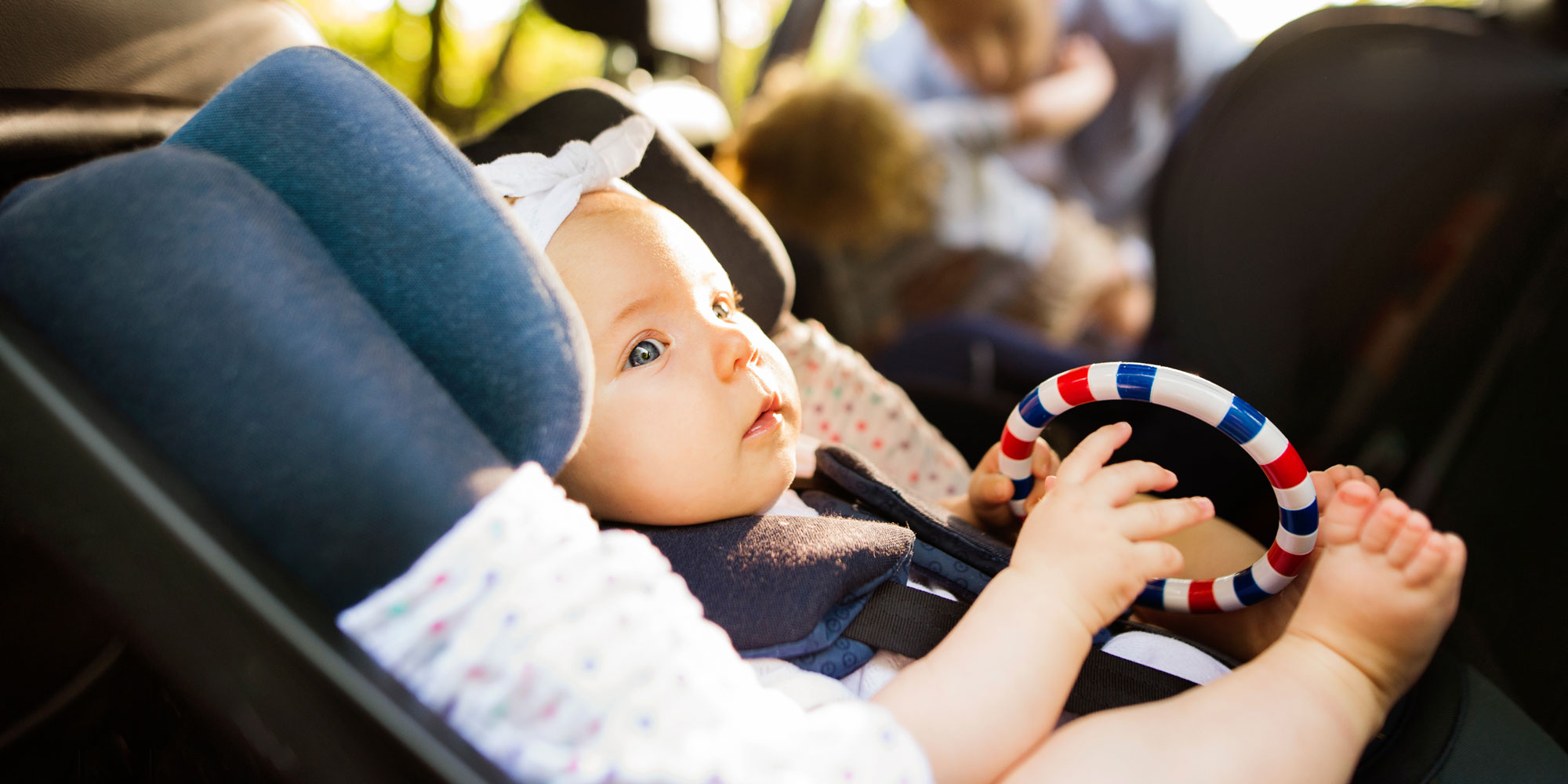
If you're one of the thousands who are expected to hit the road this weekend, now is a good time to do some simple car seat maintenance and safety checks before you leave.
Here are our seven top tips.
Head straight to our car seat reviews to ensure you've got a safe one.
1. Does your child still fit their seat?
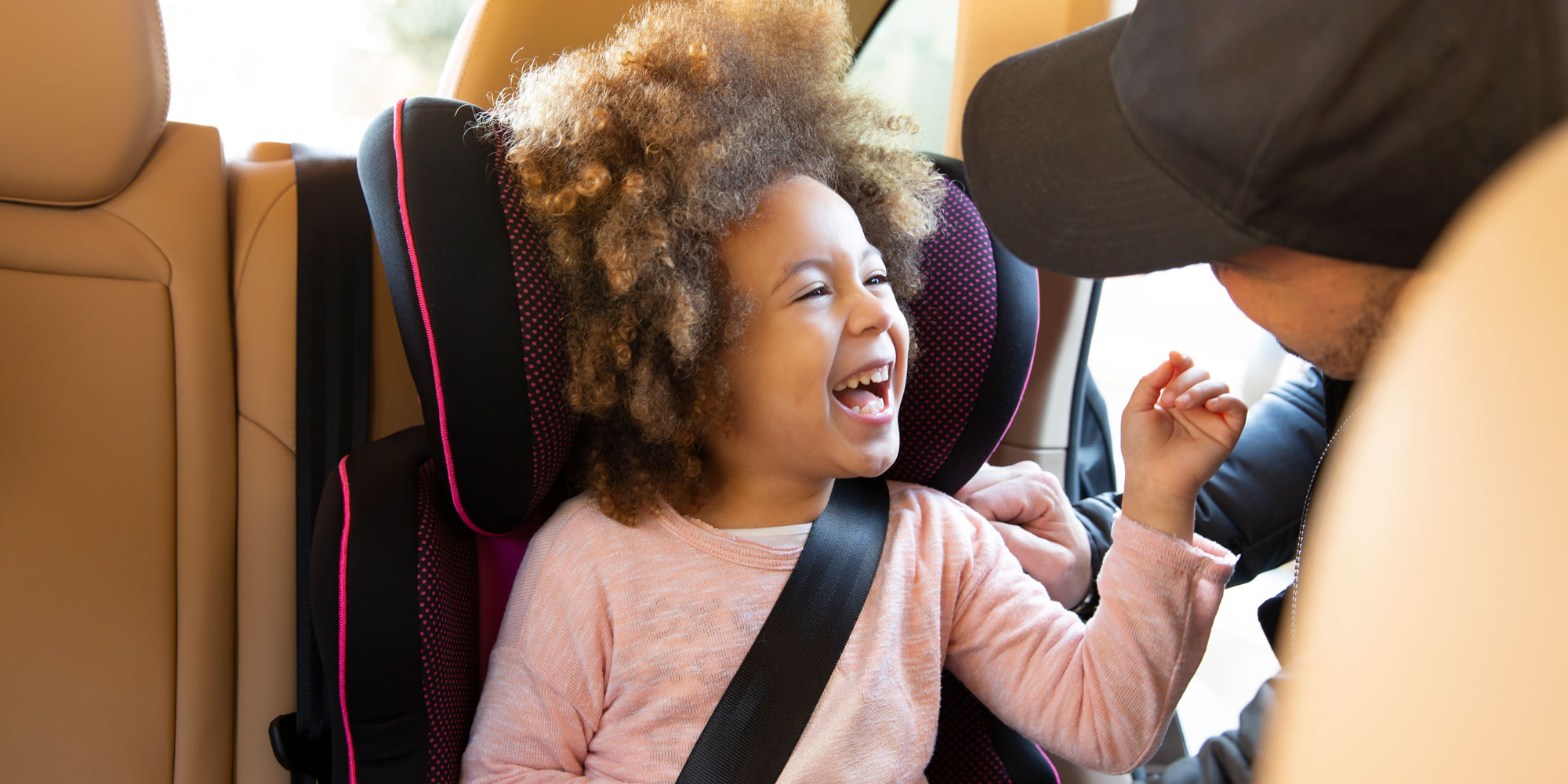
Young children are growing all the time, so it's worth placing your child in their seat before you go anywhere to check they aren't now too big for it.
You can check what the upper weight or height limits are for your car seat and then measure your child.
An easy way to do a quick visual check is to see whether your child's eyes are in line with the top of the car seat backrest, as that means they won't be getting an adequate amount of protection around their head.
Check whether they're too tall for the car seat harness - the top of it should sit 2cm above their shoulder, even when it's adjusted to the highest position.
Car seat weight groups and height groups explained
2. Review the seat installation
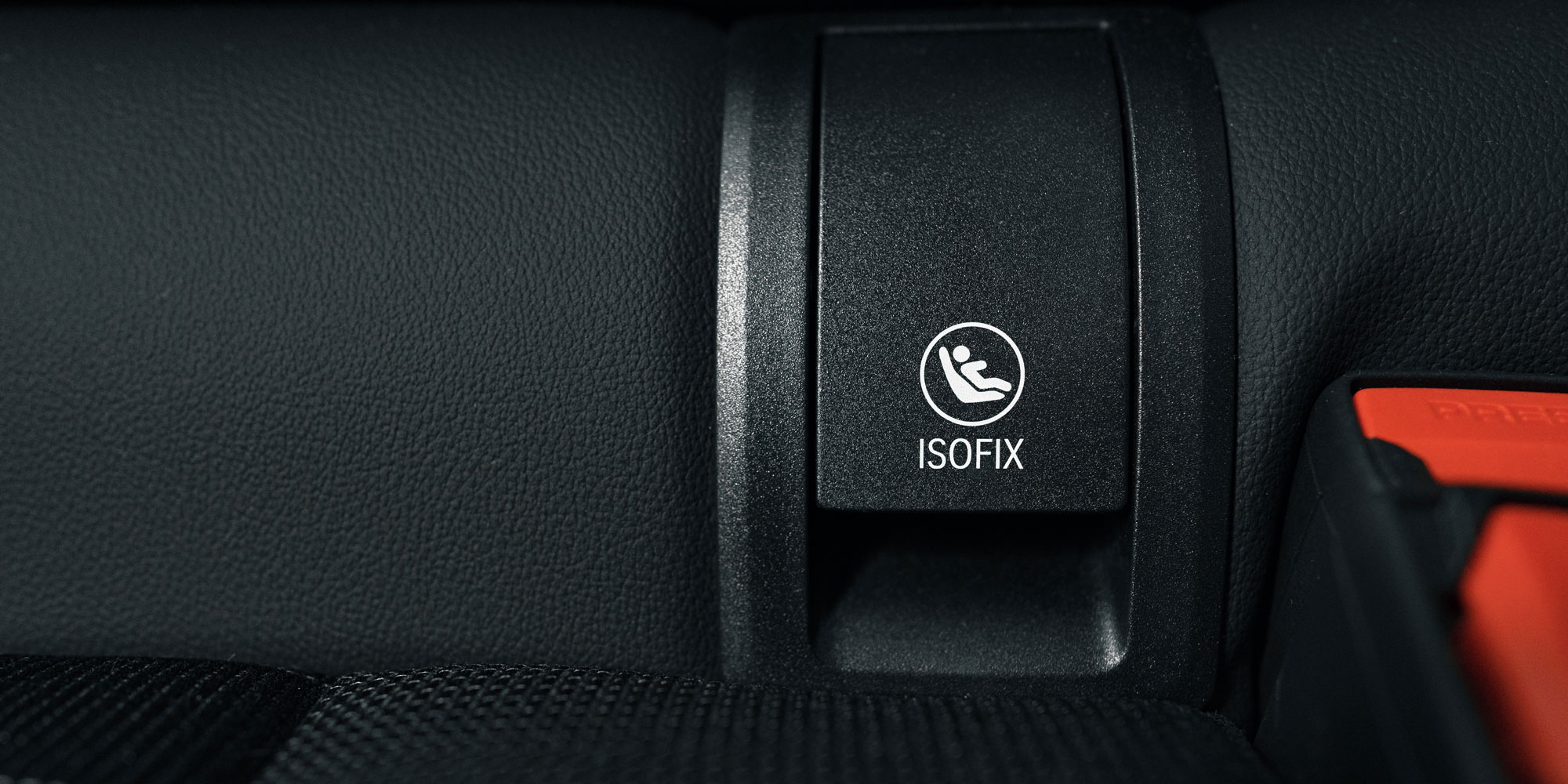
If your car seat sits on an Isofix base with a support leg, make sure it's still tight and held securely in place.
Many car seats have installation lights and indicators that show red if the seat isn't properly fitted, and green when it's correctly installed.
If the seat uses a top tether strap, rather than a support leg, make sure it's still taut.
If you're at all worried about the installation of your car seat, head to our fitting advice guide to download our free car seat fitting checklist, or get it checked by a car seat checking service either in person or via video consultation.
3. Check the harness or seatbelt
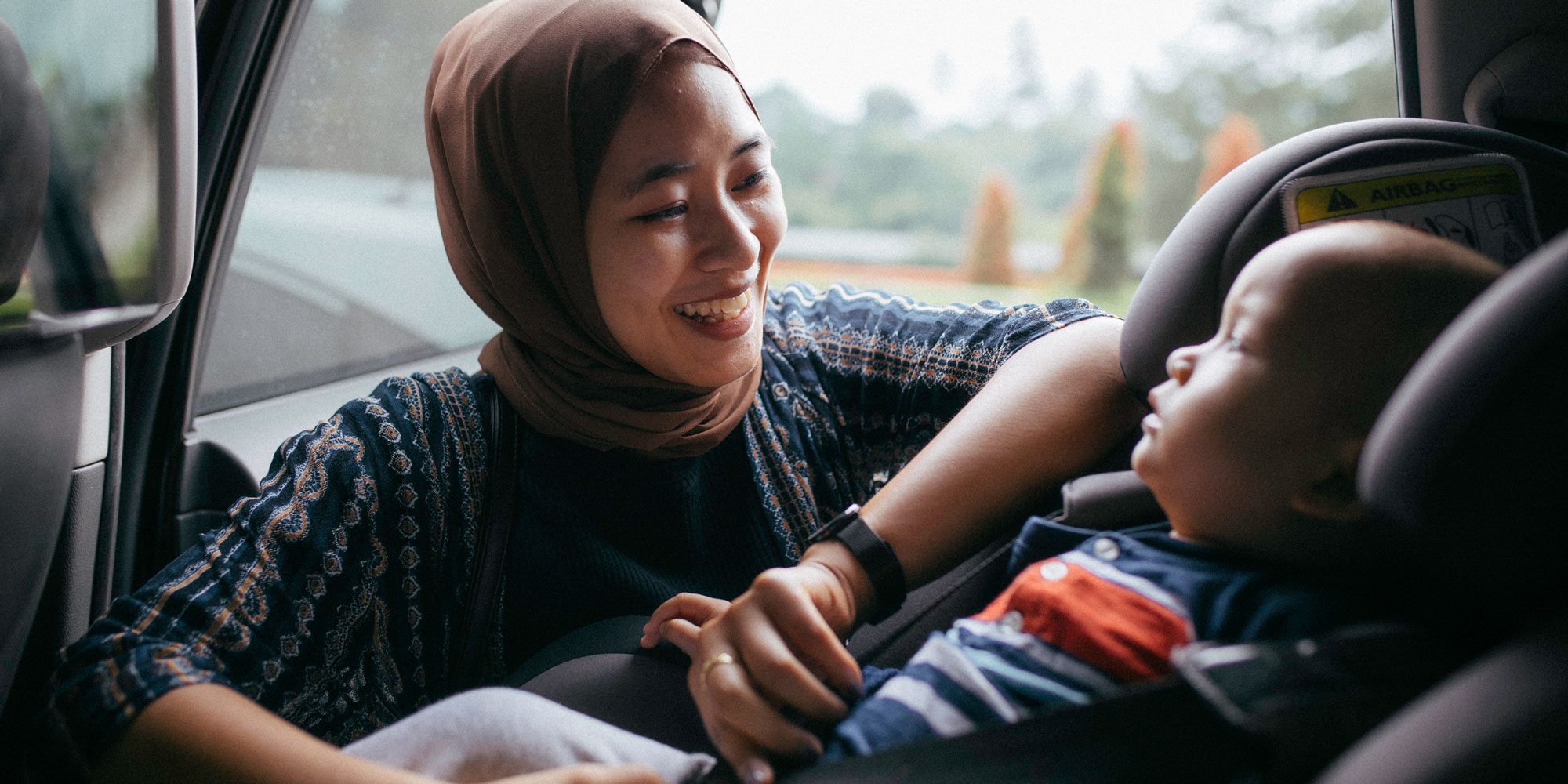
When you're checking whether your child still fits their car seat, take a moment to look at the harness.
Is it still providing a good fit for your child? Are there any worn or frayed areas? Is it twisting in any way when clipped together?
The same goes for the adult seatbelt for older children on a high-back booster seat.
Make sure the seatbelt follows the belt routing guides (they'll be marked in blue, red or green on the seat) and make sure the seatbelt buckle isn't getting squashed against the plastic shell of the seat (known as buckle crunch).
Finally, if the weather is cool and wet, as it often is on bank holidays, don't be tempted to strap your child in with their coat still on.
Bulky clothes or puffy all-in-ones should be removed to ensure you get a tight fit on the harness. Tuck a blanket lightly over your baby or toddler once strapped in, if you're worried they'll be cold.
4. Use sun protection

If it's not pouring, it could end up being hot and sunny for the bank holiday.
Make sure you fit a sun shade on your child's car window, as the sun's rays can penetrate and cause skin damage.
Some infant carriers have a hood-style shade that can be pulled up and attached to the rebound bar or carry handle.
5. Steer clear of car seat accessories
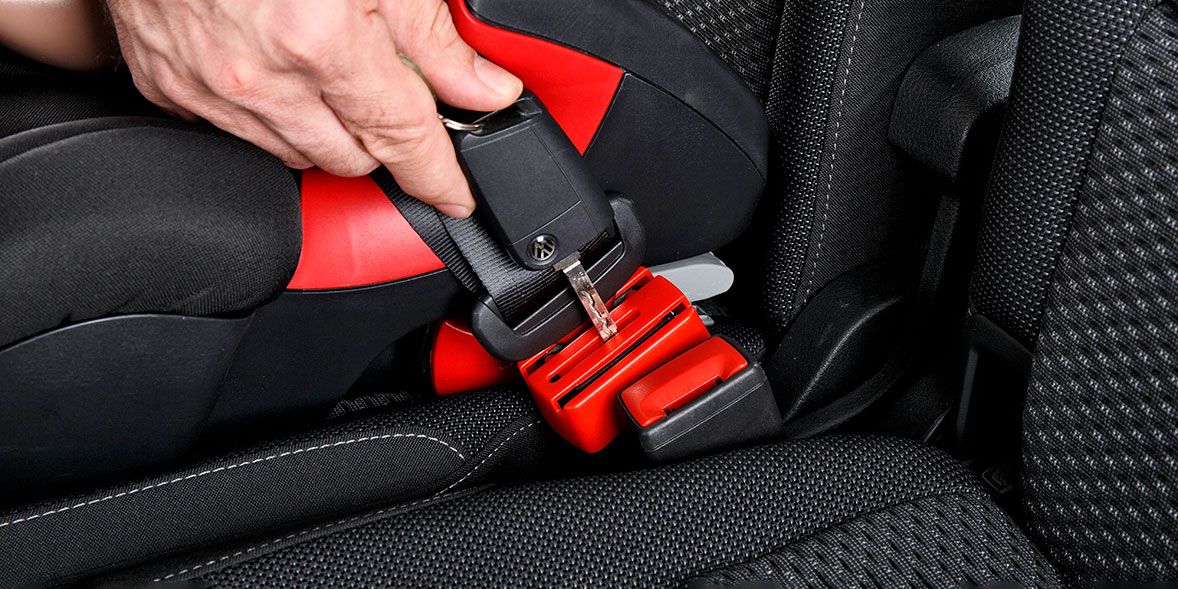
Unless they're designed and tested by the car seat manufacturer alongside the seat, we'd advise against using car seat accessories.
There's an enormous array of cheap products - often available via online marketplaces - that claim to solve car seat issues that parents may encounter on long car journeys.
These include head straps to prevent slumping, and harness buckle covers to stop your baby unclipping themselves.
Read our guide to car seat accessories to find out which ones should be avoided.
6. Know your car seat laws
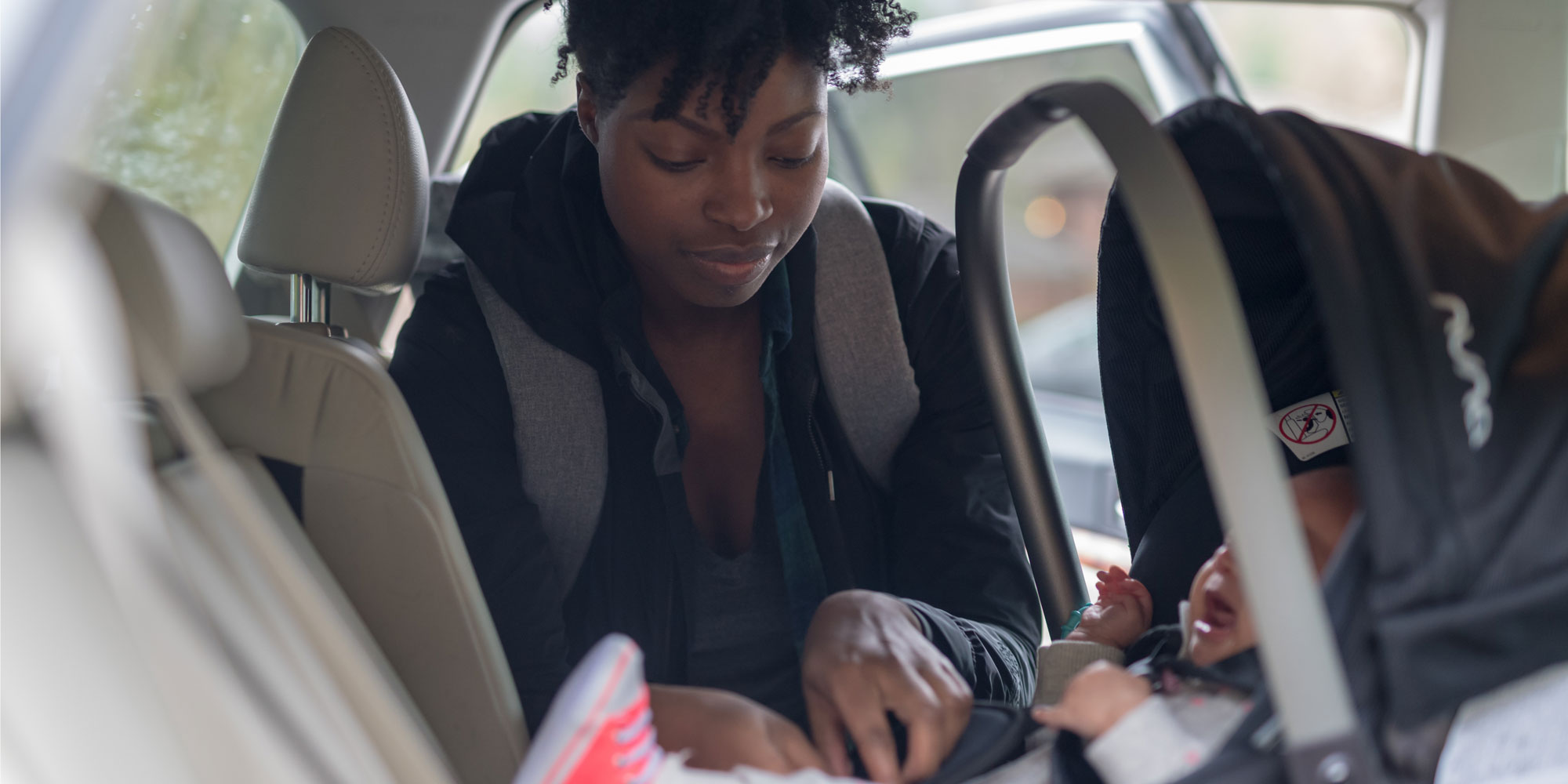
Children need to sit in a car seat up to the age of 12 or until they reach 135cm tall (whichever comes first).
Failure to do this could lead to a fine and points on your licence. This law extends to anyone transporting someone else's children in their car, as well as to their own.
However, it's not a legal requirement to use a car seat if you're travelling in a taxi (black cab, Uber or minicab).
You can use one if you wish, and it might be a good idea if you're also taking a pushchair and your car seat is travel-system compatible.
But if your bank holiday break involves a short taxi ride from a railway station to your location, you could leave the car seat at home.
Do you know the law on child car seats? Find out the rules for the UK and abroad.
7. Give your car seat a clean
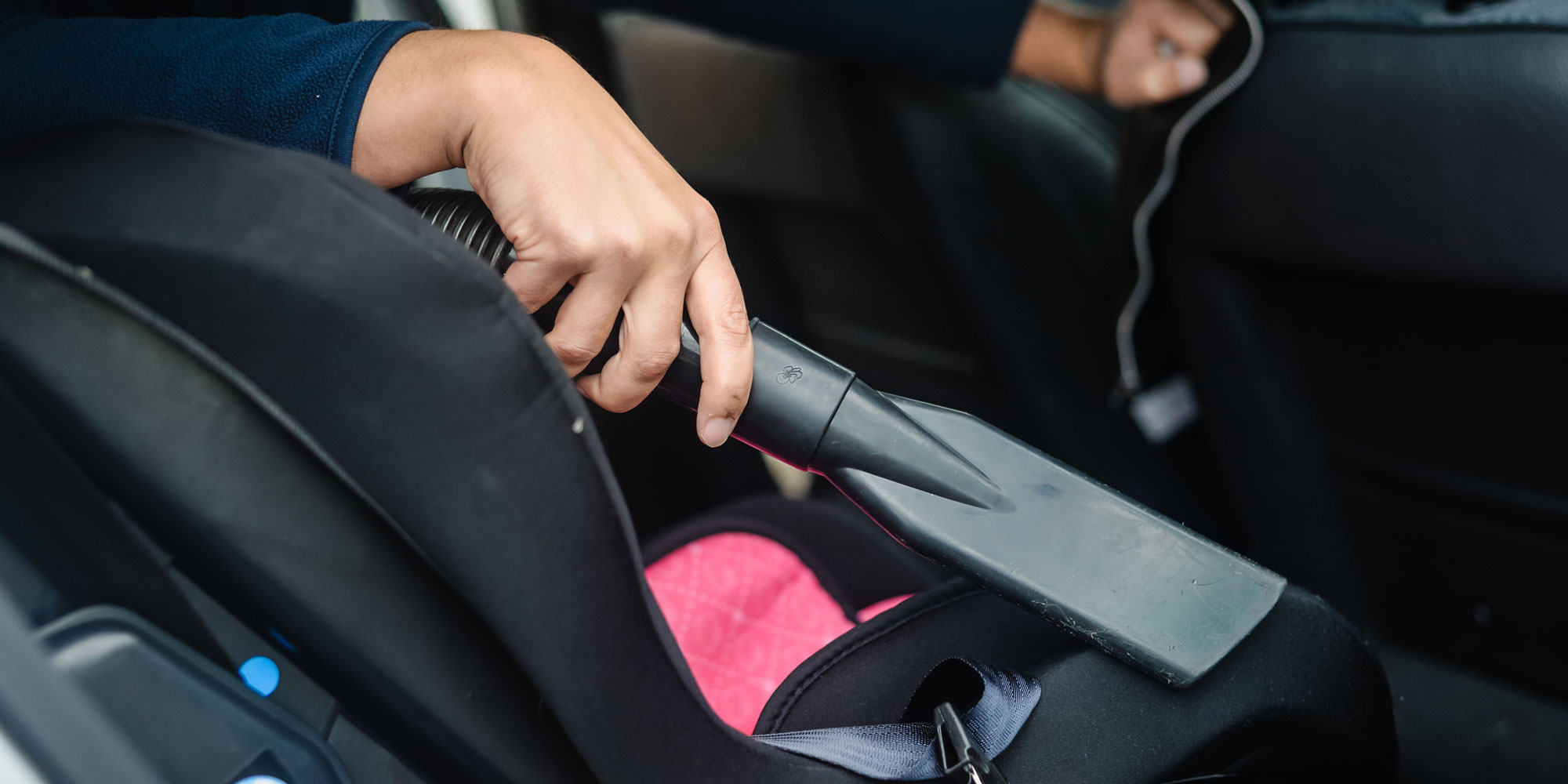
If you've given your child's car seat a once over and realised they spilt a yogurt tube three months before and it's been festering away since then, it might be a good time to give the cover a clean before you head anywhere else.
Before you start, read the instruction manual to check how to remove the seat cover, and take photos as you go so you remember how each part of the seat is set up.
The care labels on the cover will explain how it can be washed (machine or handwash), but the harness usually needs cleaning separately with a brush so you can scrub it.
During our testing, we check how easy car seat covers are to remove, and give them a star rating for cleaning, so look out for seats that score well in our reviews.
For more tips on picking the right car seat for you, read our guide on How to buy the best car seat.



